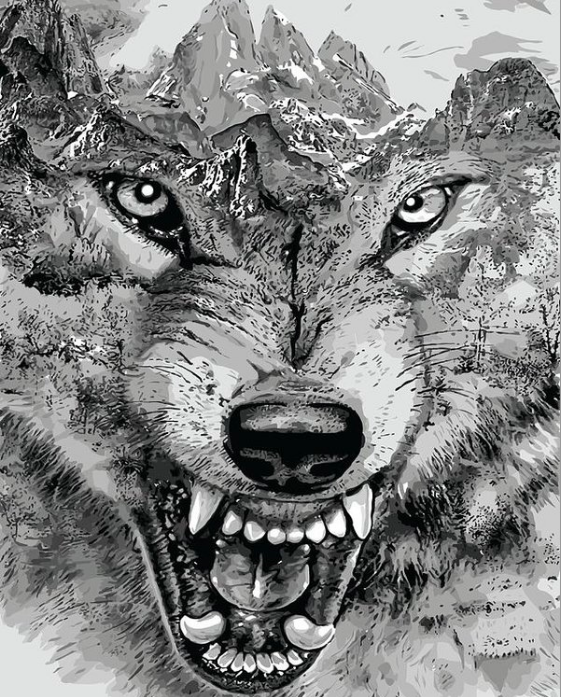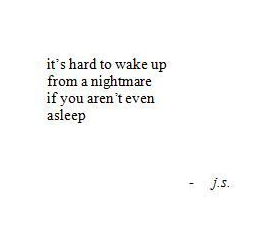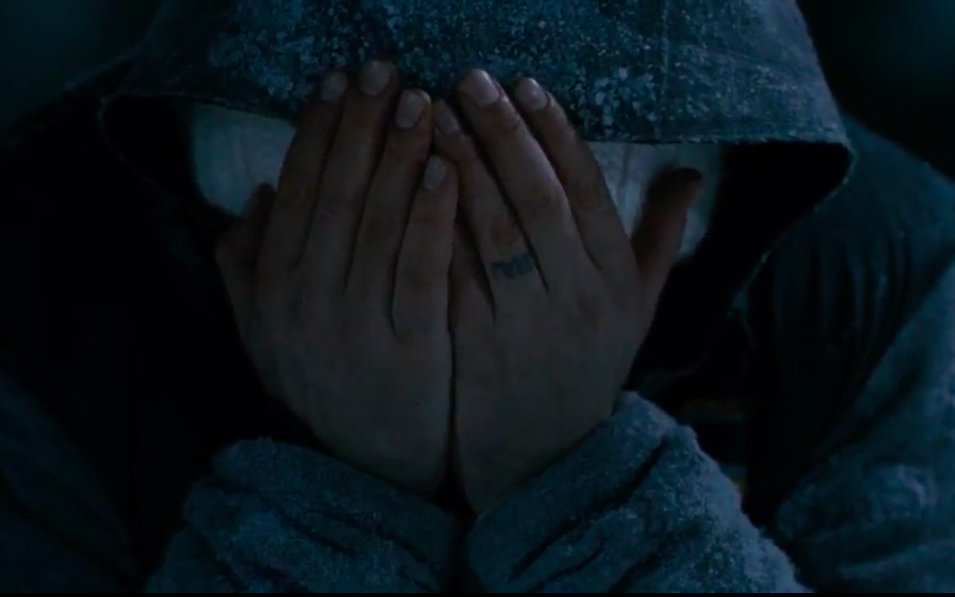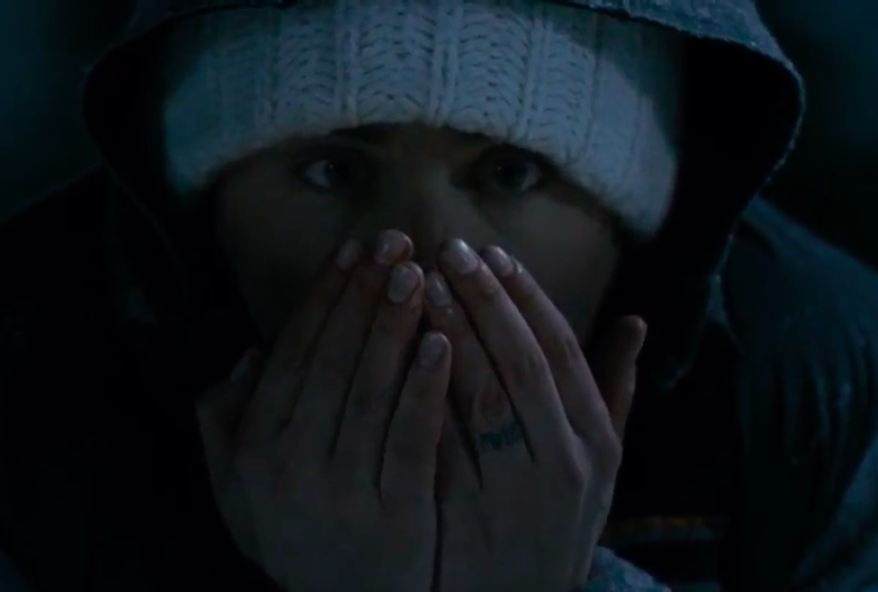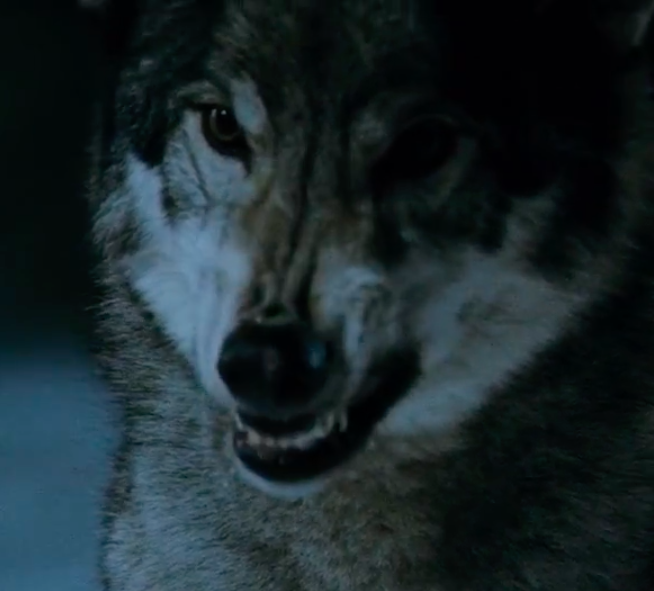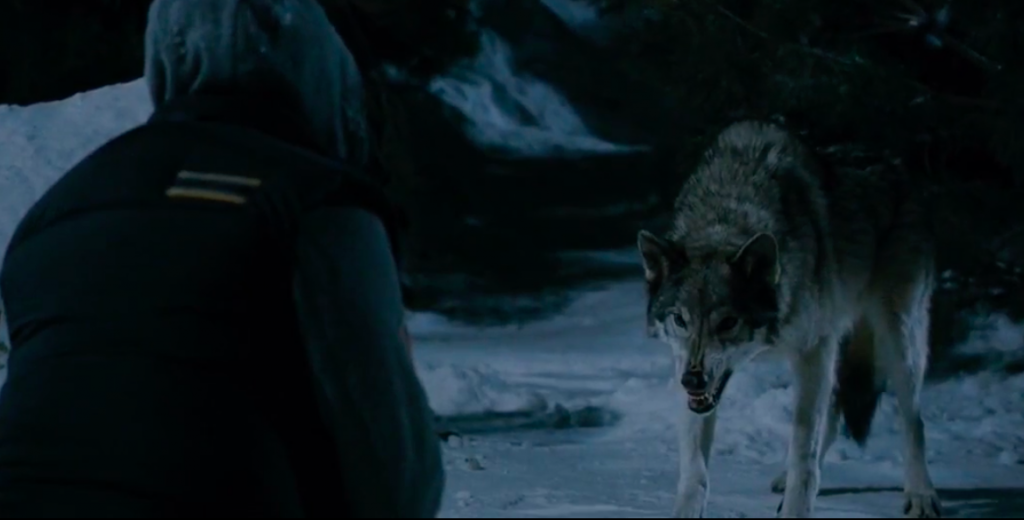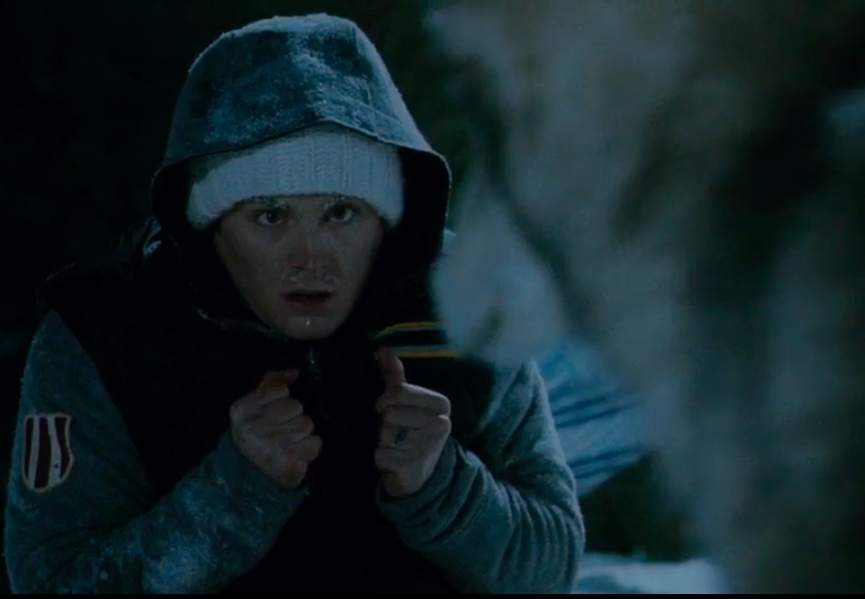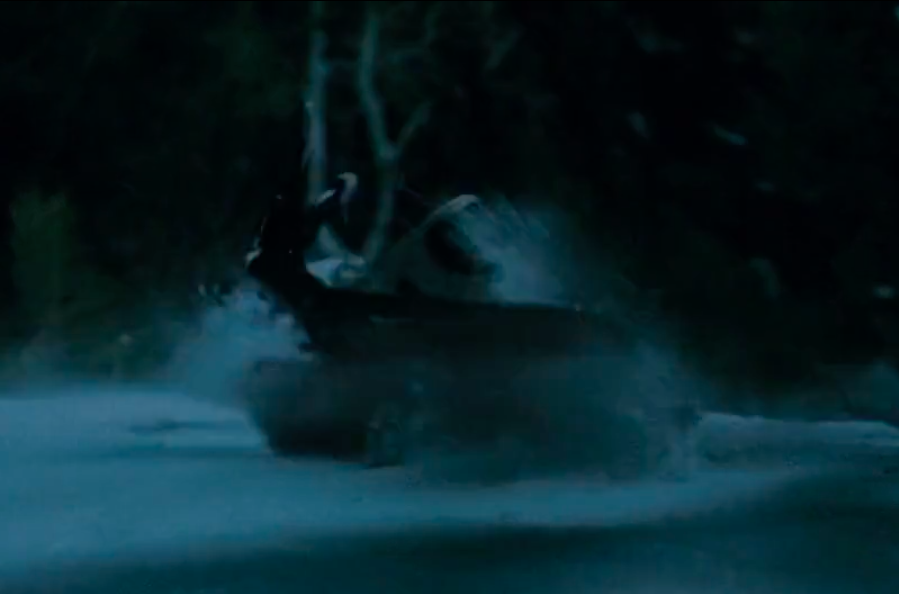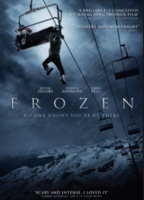
Adam Green’s dramatic thriller Frozen features the return of the wolf to terrorise three friends who become stranded on a ski lift in a New England ski resort. The wolf’s homecoming becomes symbolic, in light of Robin Wood’s definition of the horror film monster, of the ‘deadly return of all that a culture both represses and oppresses’[i]. Such repressions are intrinsically linked in the film with the wolf’s existence and presence within the distinctly human territory of the ski resort setting. As a culture we repress this presence of the animal predator such as the wolf as existing within our humanised and civilised domain, but what we repress eventually returns to us in the form of our deepest fears. Fears that in this film, take the form of the ferocious beast that is the wolf.
This scene in which the three skiers first encounter this beast underpins one of the key features of what we repress as a culture: the animal predator such as the wolf, existing within a distinctly humanized territory in which we are ‘safe’. The repression of this knowledge originates from the fear of our vulnerability to attack by the animal predator, made all the more real by its encroachment upon our space. The wolf as embodying the return of what we repress in relation to this fear of our defencelessness, when confronted with a renowned carnivorous animal predator, is apparent in the characters’ own nightmares of being consumed alive. Walker alludes to this when prior to their realisation that the three of them will be stuck on the chairlift for an entire week, he asks ‘what do you think the worst way to die would be?’[ii]. Walker responds first to his own question with ‘being eaten by a shark… knowing this giant animal is coming at you and it’s going to eat you alive’[iii]. This monstrous way of dying is a universal human fear but yet only exists in the form of a nightmare. We consider this idea of human consumption by predatory animals as being something foreign, almost impossible, and so we view it only in terms of ‘what would’ or ‘what if’, never as a real possibility. The wolf’s presence throws this back at us by becoming the physical manifestation of our worst nightmare, in which our status as the dominant species becomes subverted, positioning us instead as the vulnerable prey that is eaten alive by the animal predator.
The repression of the wolf’s existence within a human territory is introduced when, in an attempt to reassure the incapacitated Walker, Lynch shouts ‘when was the last time you heard of a wolf attack in New England?’[iv], underlining their former belief that wolves had long been exterminated in the area and consequently couldn’t possibly exist within this civilized and controlled ski resort. The wolf’s return is not only symbolic of our repression of their presence in our world, but similarly exposes the truth that they are very real and very present. This terrifying truth manifests itself in the visual confrontation between Walker and one of the wolves. The close up shot demonstrates his visceral reaction to this truth through his horrified facial expression, and concentrates on his hands as covering his face and eyes, visually depicting his repression of the wolf’s presence. The immediate cut to a close up of the wolf’s snarling face enables us to witness the wolf’s reclamation of his territory and so the return of our repressions. As Walker moves his hands to reveal this truth to himself we too are present in this grand reveal, the arrival of our nightmare.
The low positioning of the camera so as to hit both Walker’s and the wolf’s shoulder levels during this confrontation, places both man and wolf on an equal level, consequently tearing apart our belief that we are superior and safe in a civilized and controlled normality, which is then mirrored in Walker’s subsequent dismemberment by the wolves. The shot moreover accentuates the dichotomy between their two worlds by including the illuminated snowboard behind Walker, which is then juxtaposed against the wolf and the shadows, aligning the board with a civilized world and the wolf with the darker world of repression and nightmares.
Parker’s throwing of her snowboard consequently becomes significant in revealing the result of our repression, that is the denial of our helplessness beyond the boundaries of a civilized world. The ground level shot highlights man’s unavailing attempt to repress this truth by displaying the board’s futility, as it becomes engulfed by a darkness now occupied by the wolf. In this way by symbolizing the return of that which we repress the wolf becomes the true monster that instead of hiding under our beds, haunts our waking nightmares.
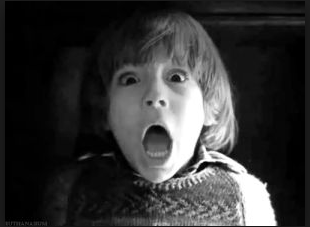
Short video that looks at how the wolves were trained for Frozen.
Bibliography:
Green, Adam, dir., Frozen (Anchor Bay Films, 2010)
Keetley, Dawn, ‘Frozen, The Grey, and the possibilities of Posthumanist Horror’, in Animal Horror Cinema, ed. by Katarina Gregersdotter and others (Basingstoke: Palgrave Macmillan,2015), pp. 187-205
[i] Dawn Keetley,’Frozen, The Grey, and the possibilities of Posthumanist Horror’, in Animal Horror Cinema, ed. by Katarina Gregersdotter and others (Basingstoke: Palgrave Macmillan,2015), pp. 187-205 (p.189).
[ii] Frozen, dir. by. Adam Green (Anchor Bay Films, 2010).
[iii] Ibid.
[iv] Ibid.
